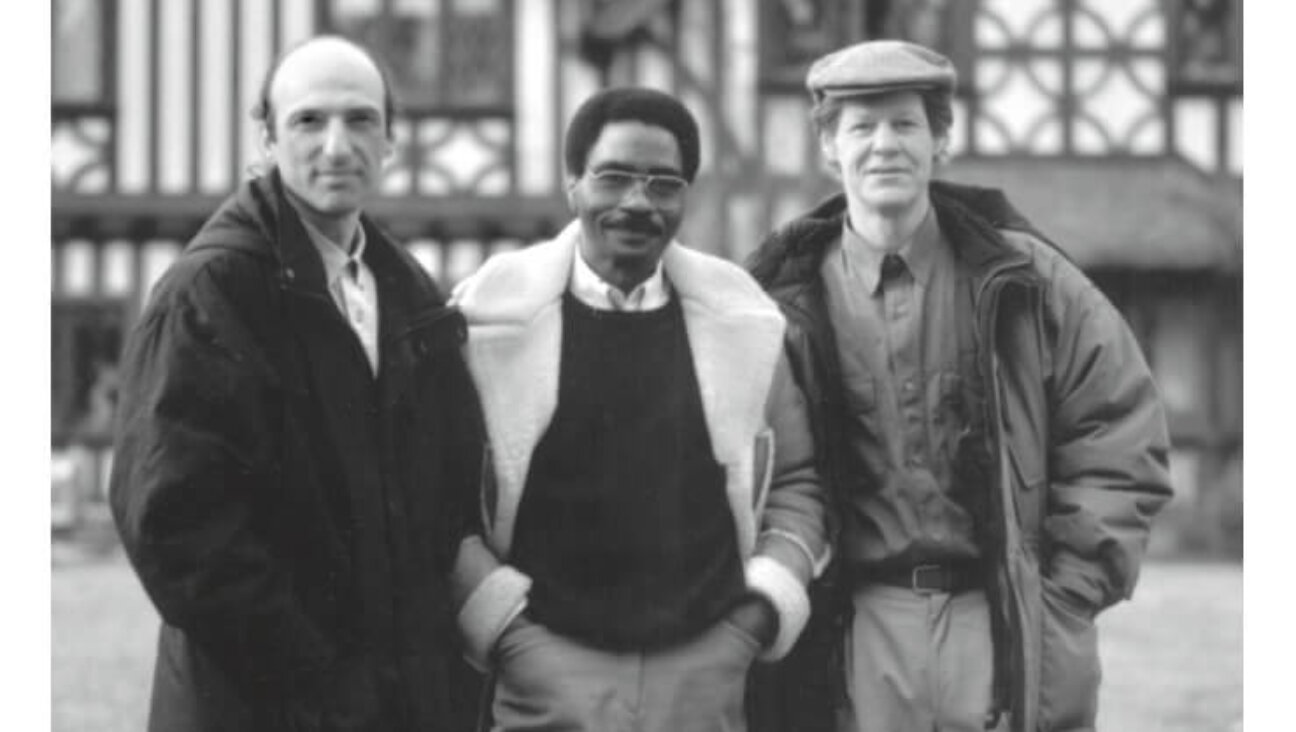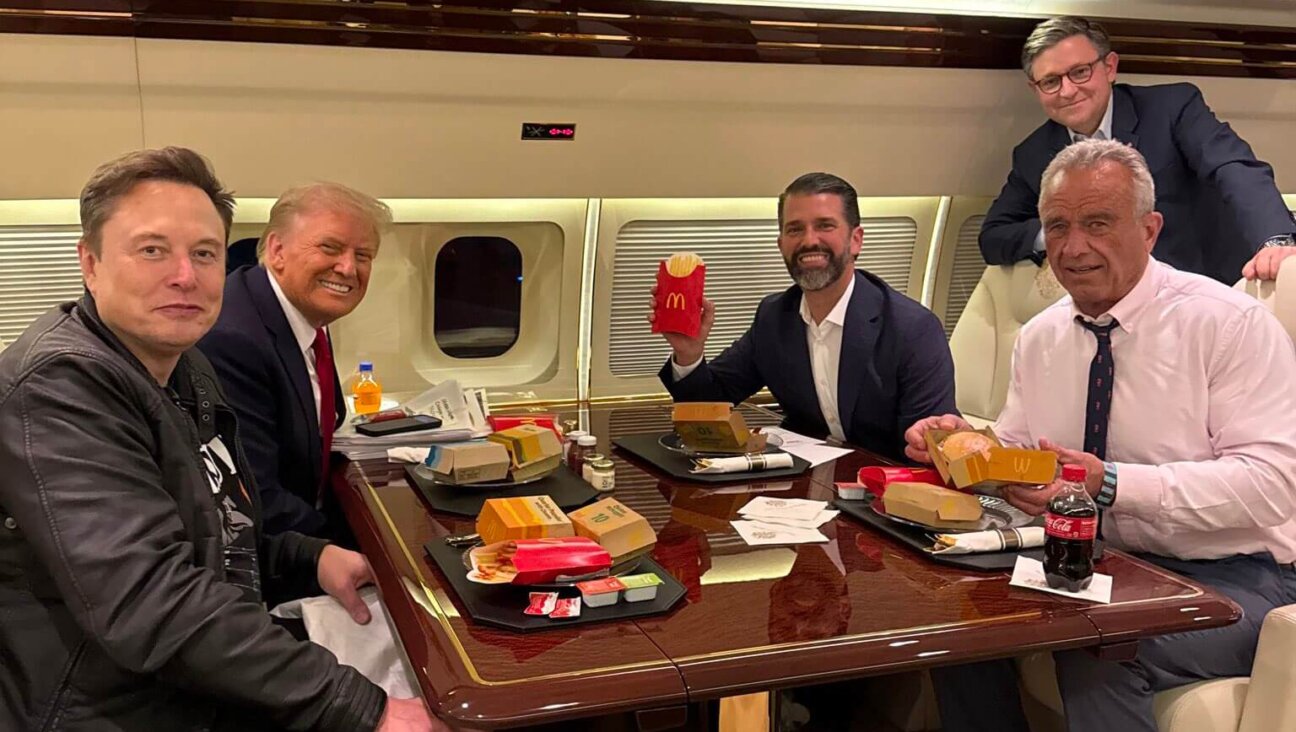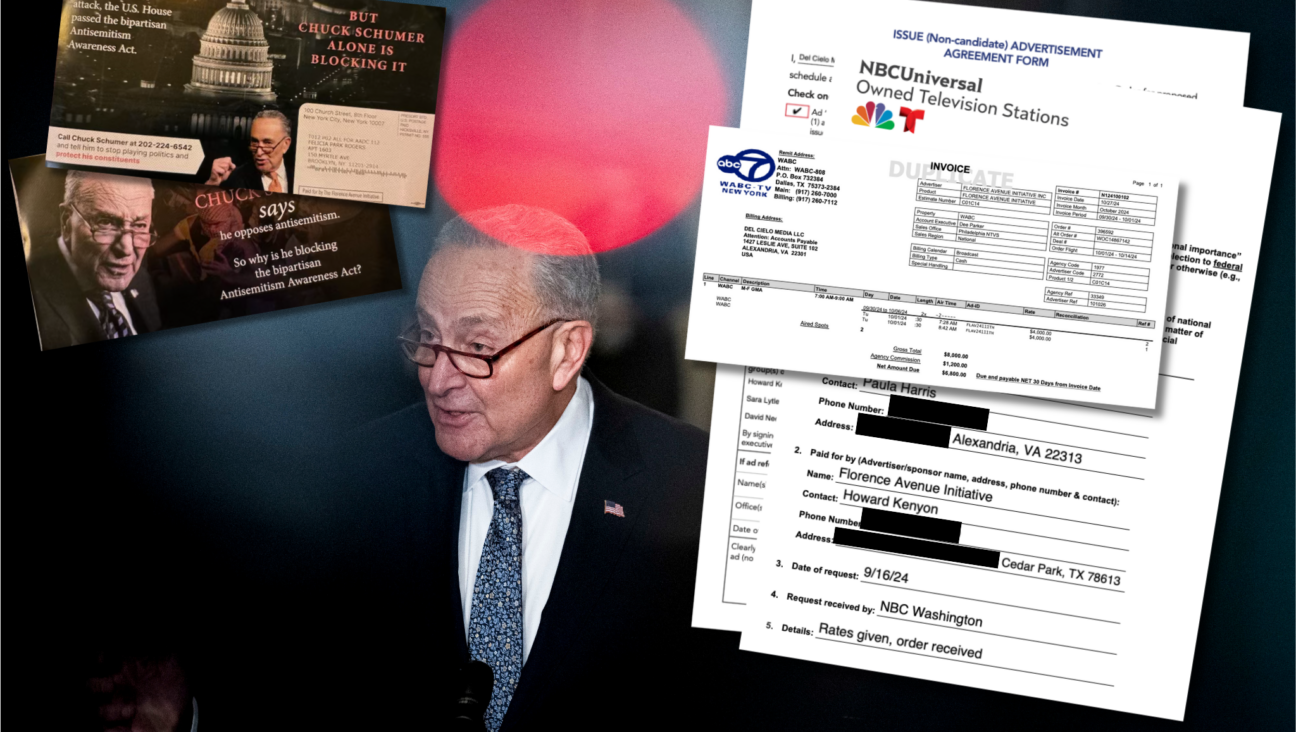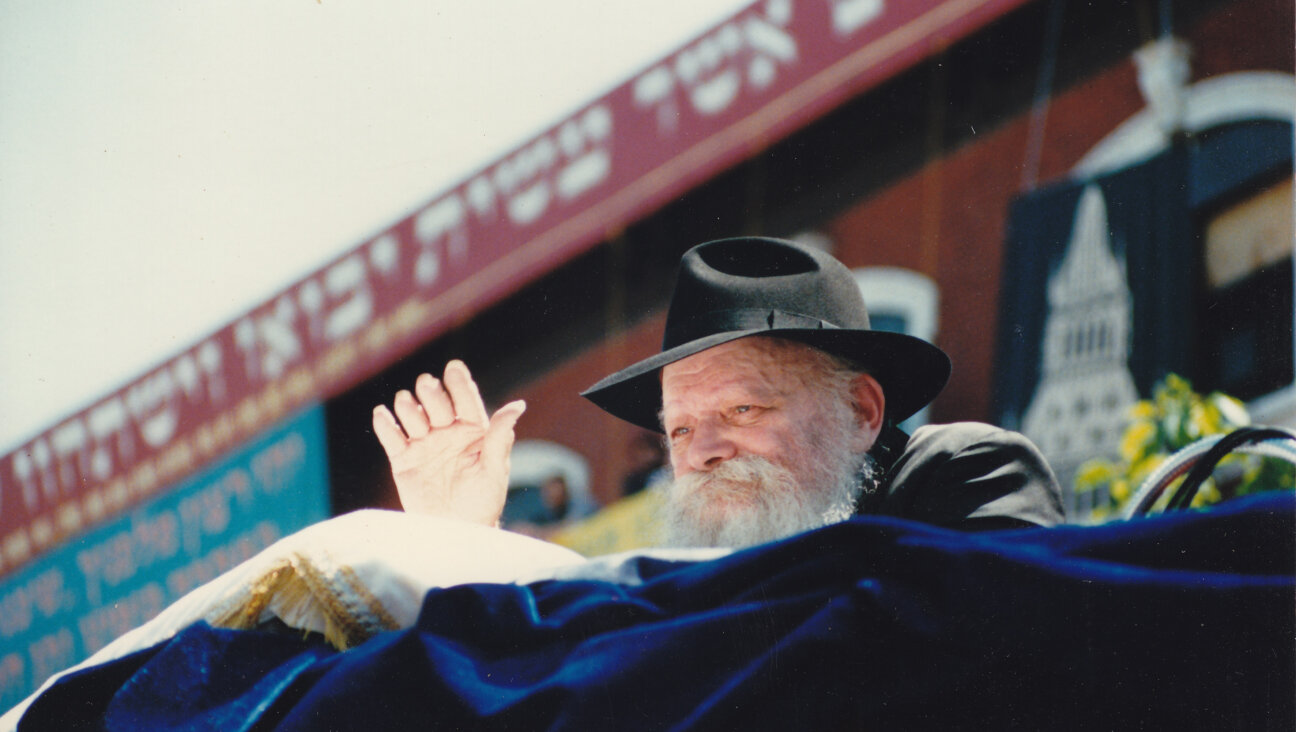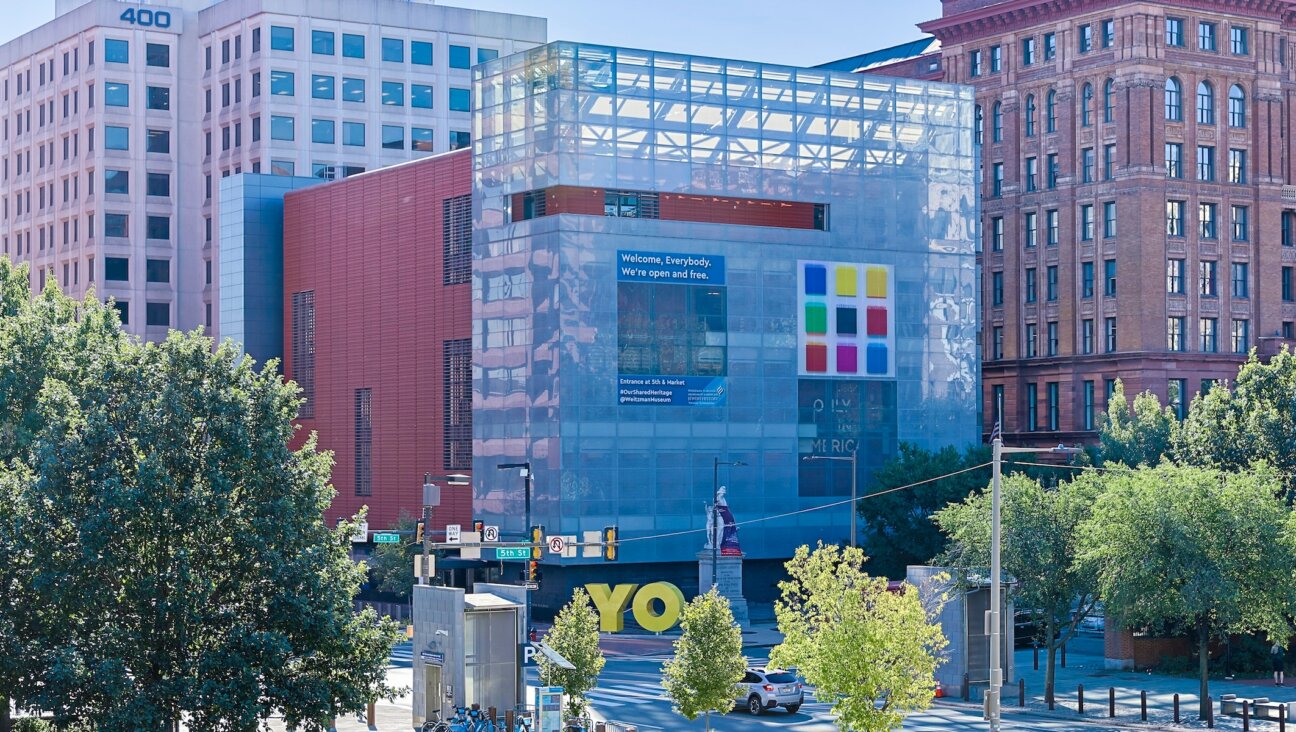The Old New Vision of Israeli-German Photograph

THE ARTIST PENSIVE: Liselotte Grschebina lost in her own thoughts.
The work of Liselotte Grschebina provides a glimpse into a golden era of photography, when artists and advertisers were starting to recognize the medium’s potential. It also gives valuable insights into life in Weimar Germany and the British Mandate of Palestine. But until now, hardly anybody has seen Grschebina’s work.

THE ARTIST PENSIVE: Liselotte Grschebina lost in her own thoughts.
This is because until eight years ago, it sat gathering dust in a storage space at the Tel Aviv apartment of Grschebina’s son, Benny. His mother, who had died six years earlier, hardly spoke to him about her colorful career in photography, which she gave up in 1957 for a more conventional life as assistant to her husband, Jacob, a doctor.
Benny Grschebina had some memories of the kitchen in the family’s house in Tel Aviv being used more for developing and printing than for food preparation. But he had no idea that his mother had been a cutting-edge photographer. Even when he found crates containing 1,800 photographs, the penny didn’t drop: He threw away the negatives, presuming that nobody would have any interest in them.
By chance, a family friend who was a photography student called the Israel Museum. Within months, a donor bought the collection for the museum. The occasional picture has appeared in an exhibition here and Israeli galleries, but it has taken until now for the museum to put on an exhibition dedicated to Grschebina’s work: Woman With a Camera runs at its Ticho House gallery in Jerusalem until February 2009.
The first pictures in the exhibition were taken in her native Germany. They reflect the spirit of the times, showing scenes from the flourishing world of theater: painted or masked faces, portraits of women dressed in the latest fashion and sporting Bubikopf haircuts. She made use of innovative techniques, and her work reflects the contemporary relaxation of social norms, such as a picture of a naked woman overlaid at the printing stage with the negative from a picture of lace.
Another technique she favored was photomontage, which she used in 1929 for one of her favorite subjects, athletes. The advantage of a montage is that it permits the use of images from more than one photograph. One example shows a bare-limbed athlete against the background of a river bordered by tall trees. The low camera angle elevates the figure above the static landscape and heightens the dynamism of the picture.
“What makes Grschebina so interesting is not only that she captured fascinating eras in two countries, but also the era in photography,” curator Yudit Caplan said. “Until then, photography was viewed as another form of painting; a painted portrait and a photographed portrait looked almost the same. But at the start of her career, it was developing a strength of its own. Photographers were experimenting with light, exposure and composition, and Grschebina was part of that.”
Grschebina received her artistic training in her late teens in Karlsruhe-Baden, and then studied the new subject of commercial photography in Stuttgart. She was heavily influenced by the The Neues Sehen (New Vision) movement which, although used all around Germany, was strong in Stuttgart’s many art schools. The movement was characterized by a determination to focus on ordinary objects in order to capture them from the most effective perspective, and by a belief that the camera could see a reality that the eye could not.
She returned to Karlsruhe in 1929 to teach photography for advertising, but by 1931 her employers told her there was no demand for her services. By withholding a license, the authorities blocked her attempt to set up a private academy. Naively, she appealed the decision. She opened a studio, only to have it forcibly closed when the Nazis came to power in 1933.
Shortly afterward, Grschebina left for Palestine and settled in Tel Aviv. She opened a studio specializing in children’s photographs. But it is her pictures of work and recreation in Jewish Palestine, taken for newspapers and magazines, and in her capacity as the official photographer of the Women’s International Zionist Organization, that dominate the exhibition.
She photographed staff in the technologically advanced Tnuva dairy, and this included farmers hard at work in new Zionist agricultural settlements. She also created photomontages of the farmers’ chickens laying out-of-proportion eggs. She made images of sportsmen and women embodying the Zionist ideal of replacing the Ghetto Jew with a strong, athletic “New Hebrew.”
Particularly striking are her pictures where athletes fill the frame and resemble sculptures from classical iconography: the javelin thrower, the shot putter, the discus thrower. Visitors to the exhibition often remark on the pictures’ similarity to the work of Riefenstahl, especially to “Olympia,” her film on the 1936 Olympic Games. But Caplan is keen to point out that the similarity means not that she was imitating Riefenstahl, but rather that both women were drawing on the post-urbanization trend of celebrating the body. At the other political extreme, Bertolt Brecht also illustrated this aspect of the zeitgeist in his 1932 film “Kuhle Wampe.”
There is one telling difference, though, between Riefenstahl and Grschebina. Zionist ideology, while sexually liberal in some respects, tended to favor modesty in the public sphere. Despite early uses of sexuality and the continuing fascination with the athletic body, the main difference in the aesthetic between the two German women, according to Caplan, “is the obvious eroticism in Riefenstahl’s film, where the men are shown nude, their bodies gleaming with oil, compared to which Grschebina’s photographs appear quite chaste and conservative.”
Nathan Jeffay is the Forward’s Israel correspondent.
A message from our CEO & publisher Rachel Fishman Feddersen

I hope you appreciated this article. Before you go, I’d like to ask you to please support the Forward’s award-winning, nonprofit journalism during this critical time.
We’ve set a goal to raise $260,000 by December 31. That’s an ambitious goal, but one that will give us the resources we need to invest in the high quality news, opinion, analysis and cultural coverage that isn’t available anywhere else.
If you feel inspired to make an impact, now is the time to give something back. Join us as a member at your most generous level.
— Rachel Fishman Feddersen, Publisher and CEO







